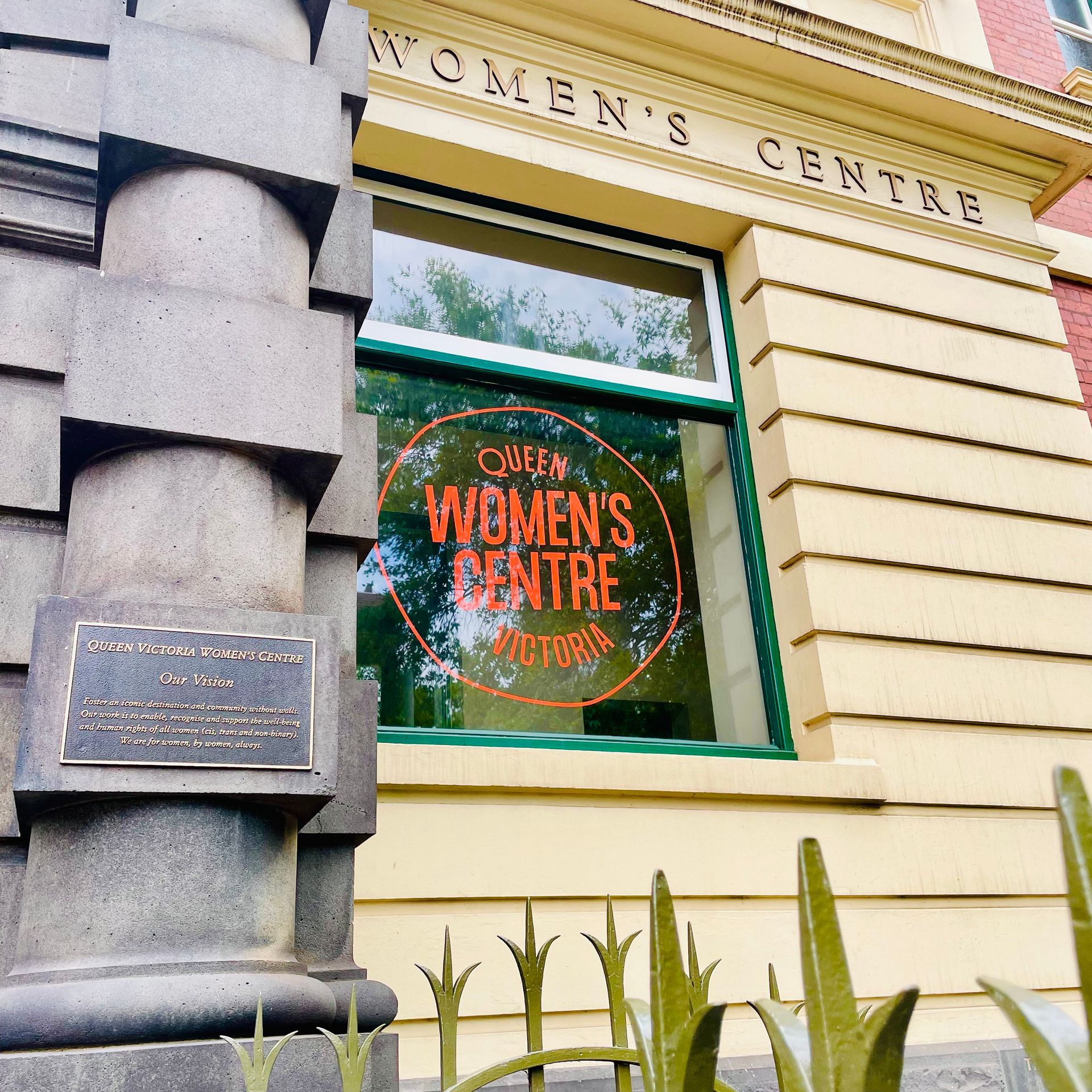Riding the Rollercoaster:
The Emotional Ride of Returning from Injury.
No matter what you do for fitness, when injury strikes it can knock you sideways. Injury is not only about the physical ailment, but is often about the emotional impact of no longer being able to exercise, see friends, or burn off stress in the same way.
Whether we're running around the Tan, taking a spin class or engaged in social team sports, the effects of exercise are well documented, with those famous endorphins taking most of the headlines. However, there is far more to it than that. For many people, their exercise can provide them with a sense of identity, a structure to their day, social connection, stress relief from work or much needed alone time away from the family. Any injury therefore means far more to us than first appears to be the case.
As a coach of recreational runners and triathletes I’ve seen the emotional fallout from injury and also experienced the frustration and impatience that comes with it myself. To be honest, most of the coaching enquiries that I receive these days are from people looking for support as they recover from their own injury.
Amongst these people, I see two main groupings. There’s either a tendency towards, ‘too much, too soon’ or the flip side to that same coin, being a ‘one-hit wonder.’
Too Much, Too Soon.
On the surface, ‘too much, too soon' is pretty self explanatory. Too much exercise, done too quickly or too often, not allowing enough time for our body to physically adapt and recover properly. However, if we peel away the layers of the onion to discover what is driving that, things become much more interesting.
The impatience to get back into exercise is often driven out of a loss of identity or losing our sense of purpose, particularly for the more goal oriented among us. Without our chosen sport, we lose a big sense of who we are. We are no longer a 'runner’ or a ‘triathlete,’ as we aren’t actively practicing our sport. This overrides our patience and our ability to listen to the signs that our body is giving us, which are both particularly vital when on the road back from injury. With these people, my role is to hold them back rather than motivate them. They are keen and always wanting to do more, even when it is to their detriment. The drive to get back to the exercise routine and structure that they had is very strong but also carries significant risk of re-injury if too much is done too soon.
One Hit Wonder.
The ‘one hit wonder’ is almost the polar opposite challenge: Not ENOUGH consistent activity.
With this group, there is usually one bout of intense activity per week, whether that’s a PT session or a HIIT class doesn't really matter, but the drive behind it does. Here we are looking for maximum sweat for our buck. It’s about efficiency. This might be the one time in the week that we have free time to exercise so we need to make it count, or perhaps we are driven by the belief that unless we’re sweating, there is no point to exercising. No pain, no gain, right?
The irony with this group is that one hit is not a high enough dose of consistent exercise to stimulate the adaptations we want, it has a higher risk of re-injury and similar to the ‘too much, too soon’ group, is likely the original reason that we got injured.
This group often ends up in a perpetual boom and bust cycle where they exercise hard for two or three sessions, then injury strikes again.
Gently Does It.
When it comes to recovering from injury, whoever coined the phrase ‘movement is medicine’ was right (up to a point...). Keeping moving through simple things like walking or light home workouts is the key to recovery. There are actually very few injuries that require total bed rest. Exercises can be adapted and injuries can be worked around in order to keep you moving, for example a broken thumb doesn't require you to stop running, or a sore calf doesn't stop you from some light swimming. As a coach, I would rather see someone do 4 days of 15 minute home workouts, than one 60 minute session, leaving them sore for several days. This ‘gently does it’ patient approach allows us to build up, gain consistency and not push our injury too far. There will be plenty of time for intense 60 minute sessions later down the track!
Takeaways from the Coach.
So what can I share as take-aways for the person who is navigating this rollercoaster ride back from injury?
- Both the ‘too much too soon’ and the ‘one hit wonder’ miss the mark on the key thing that we need to prioritise: Consistent uninjured training over a long time.
- Recovery from injury is not linear. It is often a case of two steps forward, one step back, so seeing the overall picture and trajectory, rather than the daily bumps in the road is key.
- Injuries can be just the lesson we need, but we only learn the lesson if we tune in to our body. It is free advice on where our physical weaknesses are, and teaches us to listen to the signs that our body is giving us. They can actually make us better.
- When you are injured, keep involved in your sport somehow. Volunteer, be the scorekeeper, coach the juniors or help with the club finances. Getting involved in a different capacity will keep you involved in the community and reduce that sense of loss.
- Be honest about how you got injured in the first place. Most injuries are not sudden, they build over time and then one day eventually the body breaks down. Many injuries are preventable in that case.
- Movement is medicine. Light exercise every day will keep your body moving, blood flowing and endorphins coming.
- Seek out advice. Having your ’team’ around you to help structure the road ahead will take some of the emotion out of each decision. Trust your chosen experts, whether that is a coach, psychologist or a physio, but keep listening to your body along the way.
- Be patient and willing to learn. That won’t necessarily stop the frustrations or setbacks, but it will help to provide perspective and context to those things as they happen and move you forward, rather than staying stuck.
By Chris White, Head Coach and founder of GoRun Australia




